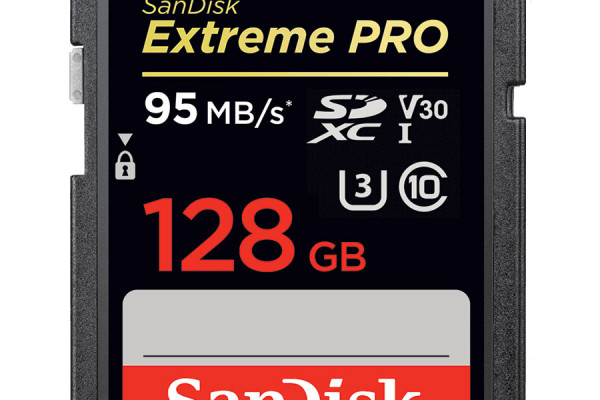Rewired for Good: How to Be More Sustainable with Tech Infrastructure
Technology is often framed as the great accelerator—always faster, always sleeker. But beneath the surface of endless upgrades lies a growing concern: what happens to all the devices we no longer need?
For individuals, the answer is often simple trade up, stash the old one in a drawer, or let it drift toward landfill via a half-hearted recycling scheme. But for companies retiring an office’s worth of laptops or migrating entire departments to remote work, the stakes are considerably higher. The environmental impact of corporate IT turnover is now a core concern not only for sustainability officers, but for CFOs and ESG-conscious investors alike.
Greener choices start with your devices
Let’s start with something as simple as your phone, because many people feel the urge to upgrade as soon as a new model appears, but there are alternatives that are both smart and sustainable. For example, choosing a refurbished device, like the iPhone 15, can extend the useful life of quality technology and help reduce electronic waste. These devices go through thorough checks and often come with a warranty, so you don’t have to compromise on reliability.
For companies managing asset lifecycles at scale, this logic is even more compelling. By working with certified refurbishment providers, enterprises can recirculate hundreds sometimes thousands of functioning laptops, tablets, and monitors. Not only does this reduce capital waste, but it also creates measurable impact on carbon reporting and IT sustainability targets.
Beyond hardware: smarter habits, cleaner footprints
Whether you’re running a home office or managing global teams, habits matter. Adjusting power settings, unplugging idle chargers, or switching off unused screens may seem minor—but multiply that across an organisation and you have significant energy savings. Meanwhile, cloud storage and virtual workspaces mean less need for sprawling on-site servers or energy-intensive office infrastructure.
Even more important is what happens when devices reach end-of-life. Responsible recycling ensures that valuable materials re-enter the production cycle, while hazardous elements are safely processed. Many brands and retailers now offer free collection points turning yesterday’s hardware into tomorrow’s resource.
Supporting responsible innovation
More and more tech companies are investing in renewable energy and improving the traceability of their supply chains. When you choose products from these brands, you’re encouraging a more responsible way of doing business. If you’re thinking about a new device, looking at options like the iPhone 15 Pro Max through certified refurbished platforms is a way to combine quality with environmental care.
And it doesn’t stop at the point of purchase. Encouraging teams to adopt greener workflows, from shared drives to digital-first collaboration tools, helps reduce paper use, commute emissions, and general workplace overheads. A sustainable business is often a more agile, efficient one.
From landfill to legacy
Being more sustainable with technology isn’t about sacrifice. It’s about making conscious choices: choosing devices with longer life cycles, supporting companies that prioritise the planet, and embedding waste-reduction into the lifecycle of tech—whether personal or enterprise.
Buying a refurbished phone from a responsible retailer like Back Market is a great example, it extends a device’s life, cuts down on electronic waste, and supports a circular economy. But the same principles apply at scale, too. As more companies rethink their digital infrastructures and dispose of ageing fleets, the case for reuse, refurbishment, and responsibility has never been clearer.
In the end, sustainability in tech is about more than the next upgrade. It’s about how we live and what we leave behind.






